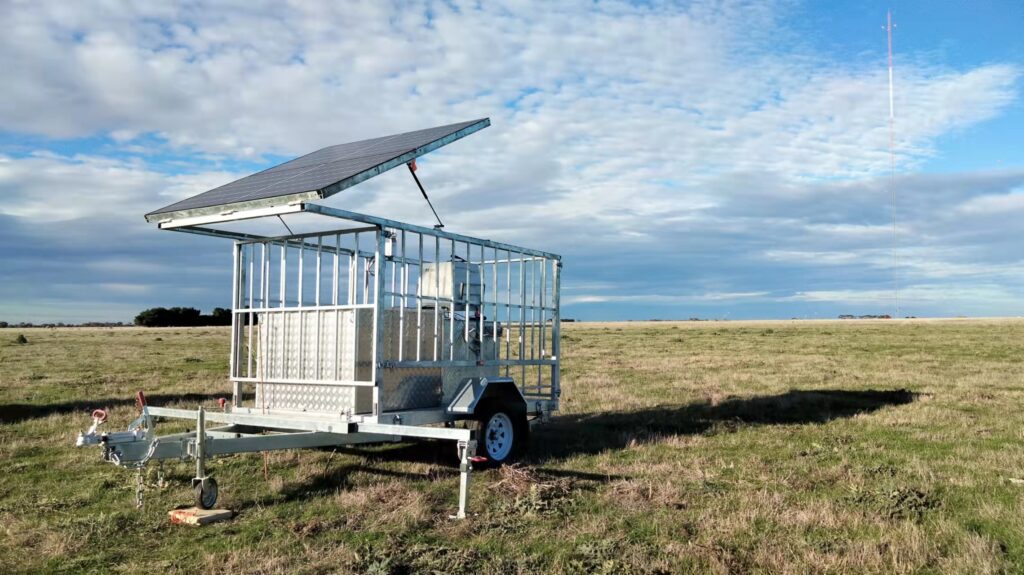LiDAR VS Traditional Methods- A Look at the Future of Measurement
For centuries, humans have relied on a variety of tools and techniques to measure the world around them. But as technology continues to evolve, so too do our measurement capabilities. LiDAR (Light Detection and Ranging) is rapidly emerging as a revolutionary tool with the potential to transform how we measure everything from buildings to landscapes.

The Limitations of Traditional Methods
Traditional measurement methods often have inherent limitations. For example, surveying large areas can be time-consuming and labour-intensive. Melbourne wind radar, while effective for measuring wind speed and direction at a distance, can't provide detailed information about objects beyond their range. Contact-based methods, like tape measures, may not be suitable for delicate or uneven surfaces. Additionally, some traditional methods require a direct line of sight, which can be a challenge in cluttered environments.
What is LiDAR?
LiDAR works by emitting pulses of light, typically from a laser, and measuring the time it takes for the light to bounce back from a target. This allows for incredibly precise measurements of distance, even over long ranges. Unlike traditional methods that rely on line-of-sight or physical contact, LiDAR can penetrate fog, dust, and even light vegetation, making it a valuable tool in a variety of applications.
Advantages of LiDAR
LiDAR offers several advantages over traditional methods:
- Speed and Efficiency: LiDAR is perfect for large-scale projects since it can quickly and efficiently gather enormous volumes of data.
- Accuracy: LiDAR systems can generate highly accurate 3D models with millimeter-level precision.
- Non-Contact Measurement: LiDAR doesn't require physical contact with the object being measured, making it suitable for delicate or uneven surfaces.
- Remote Sensing: LiDAR can be used to collect data from long distances and in difficult-to-reach areas.
- Data Richness: LiDAR data can be used to extract a wealth of information beyond simple measurements, such as object classification and volume calculations.
As LiDAR technology continues to develop, its applications will undoubtedly become even more widespread. With its speed, accuracy, and versatility, LiDAR has the potential to revolutionize the way we measure the world around us. From construction projects to environmental monitoring, LiDAR is poised to play a major role in shaping the future of measurement.
Comments
Post a Comment